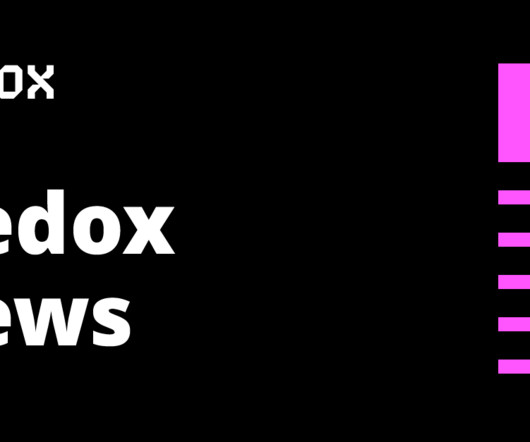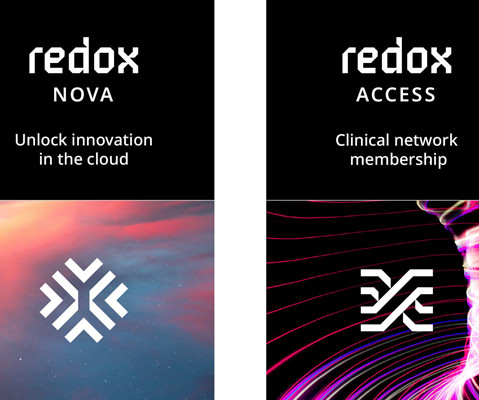Redox unwraps interoperability in 2024
Redox
DECEMBER 21, 2023
After 12 straight months of hype, clearly, we didn’t anticipate how central AI would be to the narrative and how much (or how quickly) it would change the healthcare technology landscape (at least in theory). It certainly is growing, but FHIR has not picked up the steam we had hoped for in 2023. Sadly, he was wrong. is drafted.













Let's personalize your content